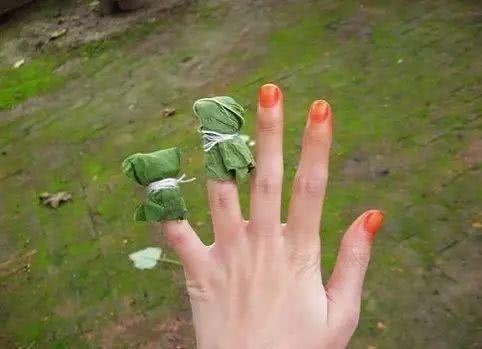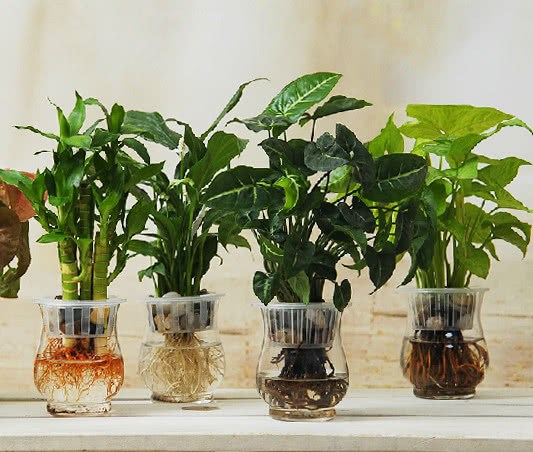It is a natural nail dye flower with a beautiful ten-finger potted plant that is beautiful and easy to raise at home.

It is a natural "nail dye flower", a flower dyed beautiful fingers, potted at home beautiful and easy to raise!
This flower is called impatiens, also known as henna, and in some places it is also called henna. I still remember that when I was a child, the walls of my house were covered with pieces. I picked one at random to dye my nails, and I could dye it 2-3 times. It is a kind of all-natural "henna".
Henna is also very easy to raise, its ripe fruit will burst by itself, the seeds will be scattered on the soil, the soil will be able to take root and sprout, open beautiful flowers, rough can be raised.
And now it is very easy to feed in a flowerpot, and it can also be used to dye nails, which is also very interesting, especially if you can have several other colors.
Precautions for the maintenance of henna:
Potted should choose fertile loose soil, can use some garden soil sandy soil and rotten leaf soil mixed use, according to 1:1:1, and apply sufficient base fertilizer.
Henna like the sun, but also shady, it is good to have about 5 hours of scattered light every day, but now the weather can not be exposed, it should be properly shaded and ventilated, too concealed and exposed to the sun are easy to make it yellow leaves.
Pot henna should pay attention to watering, avoid too dry and too wet, watering should be moderate, but summer should be properly watered, according to its growth habits for maintenance, so that impatiens can bloom.
Since enough basic fertilizer has been applied, potted henna does not need to be fertilized to prevent overgrowth, which is not very good-looking. And when it is about 35 cm high, we should hit the top in time to promote its more branches, more flowering, and so as not to grow too high, but also affect the ornamental effect.
- Prev

Sometimes it's uncomfortable to lie in the bedroom? It turns out that these four things are the cause of the trouble. Why don't you throw it away?
For office workers, the happiest thing every day is to go home and lie in bed and have a quiet rest. It can be said that the bedroom is a very important place for everyone, but I don't know if everyone feels the same way as Huahua, sometimes.
- Next

The potted leaves are yellowing and dying? Never throw a small pill to save your life.
At the beginning, many experienced flower growers must have experienced problems such as not knowing how to water and fertilizing. Indeed, there are always all kinds of problems in growing flowers at the beginning, which eventually lead to their original health.
Related
- Wuhan Hospital Iron Tree Blooming Result Was Instantly Frightened by the Gardener Master
- Which variety of camellia is the most fragrant and best? Which one do you like best?
- What is the small blue coat, the breeding methods and matters needing attention of the succulent plant
- Dormancy time and maintenance management of succulent plants during dormancy
- Minas succulent how to raise, Minas succulent plant pictures
- What are the varieties of winter succulent plants
- How to raise succulent plants in twelve rolls? let's take a look at some experience of breeding twelve rolls.
- Attention should be paid to water control for succulent plants during dormant period (winter and summer)
- Watering experience of twelve rolls of succulent plants
- Techniques for fertilizing succulent plants. An article will let you know how to fertilize succulent plants.

